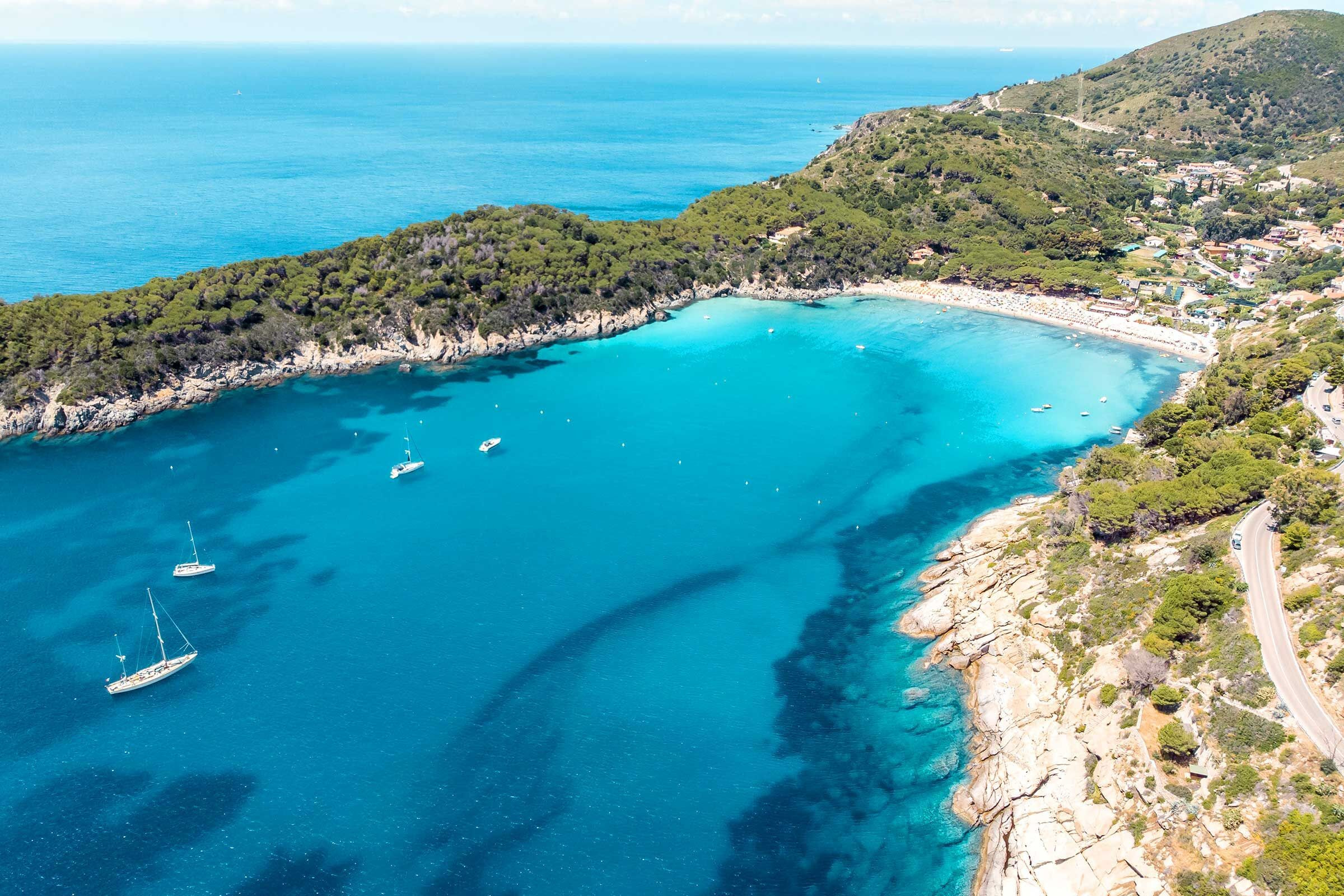
The wonders of the Tuscan archipelago
Capraia, Elba, Giannutri, Giglio, Montecristo, Pianosa ...
Tuscan Archipelago.
Elba
Only 10 km away from the Italian mainland, Elba is the largest of the islands of the Tuscan Archipelago and the third largest among the Italian islands. Its particularly mild climate, the variety of its coasts and the majestic beauty of the mountains have made it an internationally renowned tourist center. In the setting of a crystalline sea and sandy beaches, green gulfs and secret or overhanging rock faces, the island is full of pleasant surprises. There are shady woods, flat countryside and sunny fields where agaves and prickly pears reign supreme. Then there are the small villages by the sea, which often still manage to retain their ancient use as shelters for fishermen, and those perched on the mountains, which recall the pirate raids of a distant past.
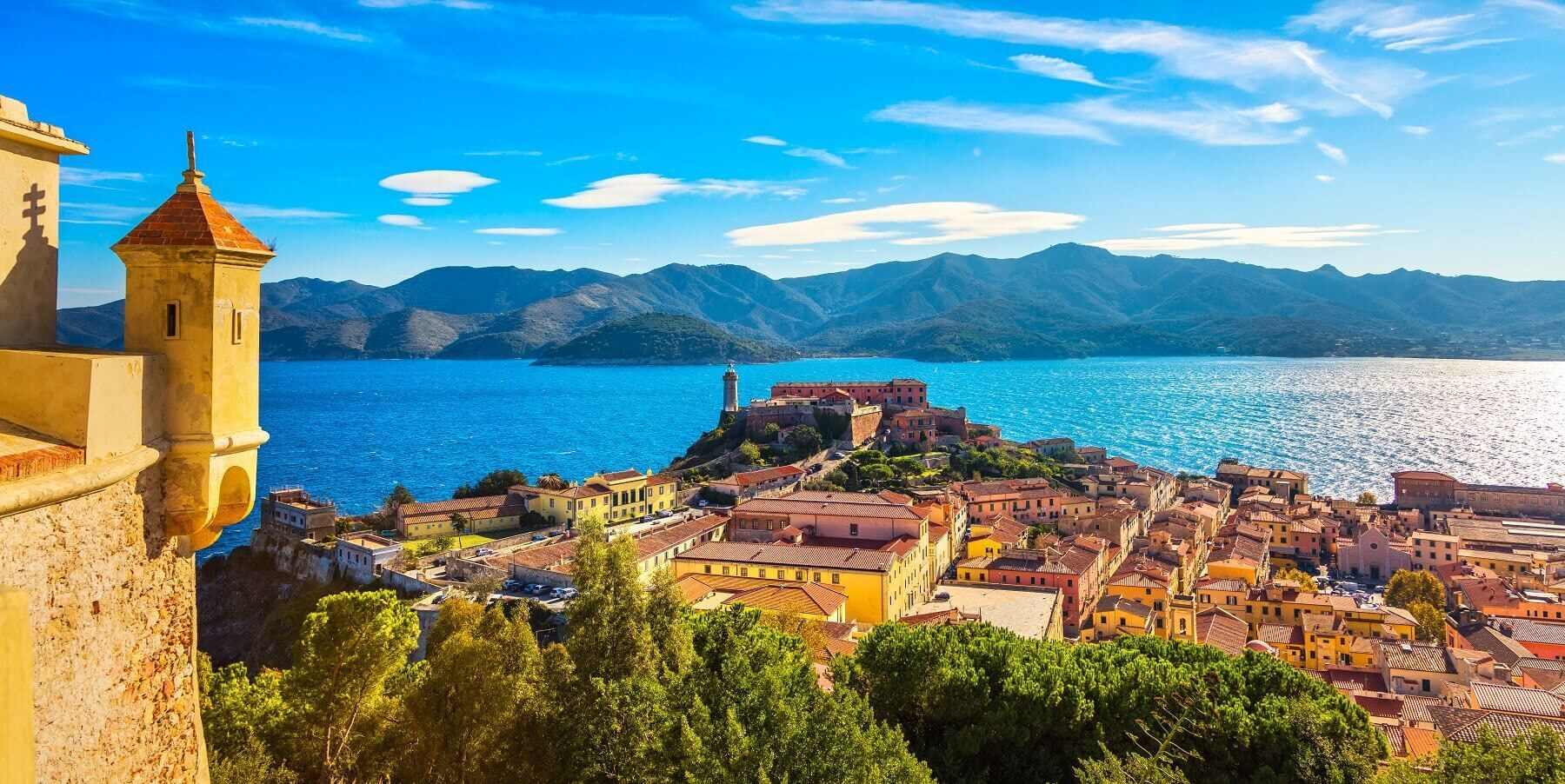
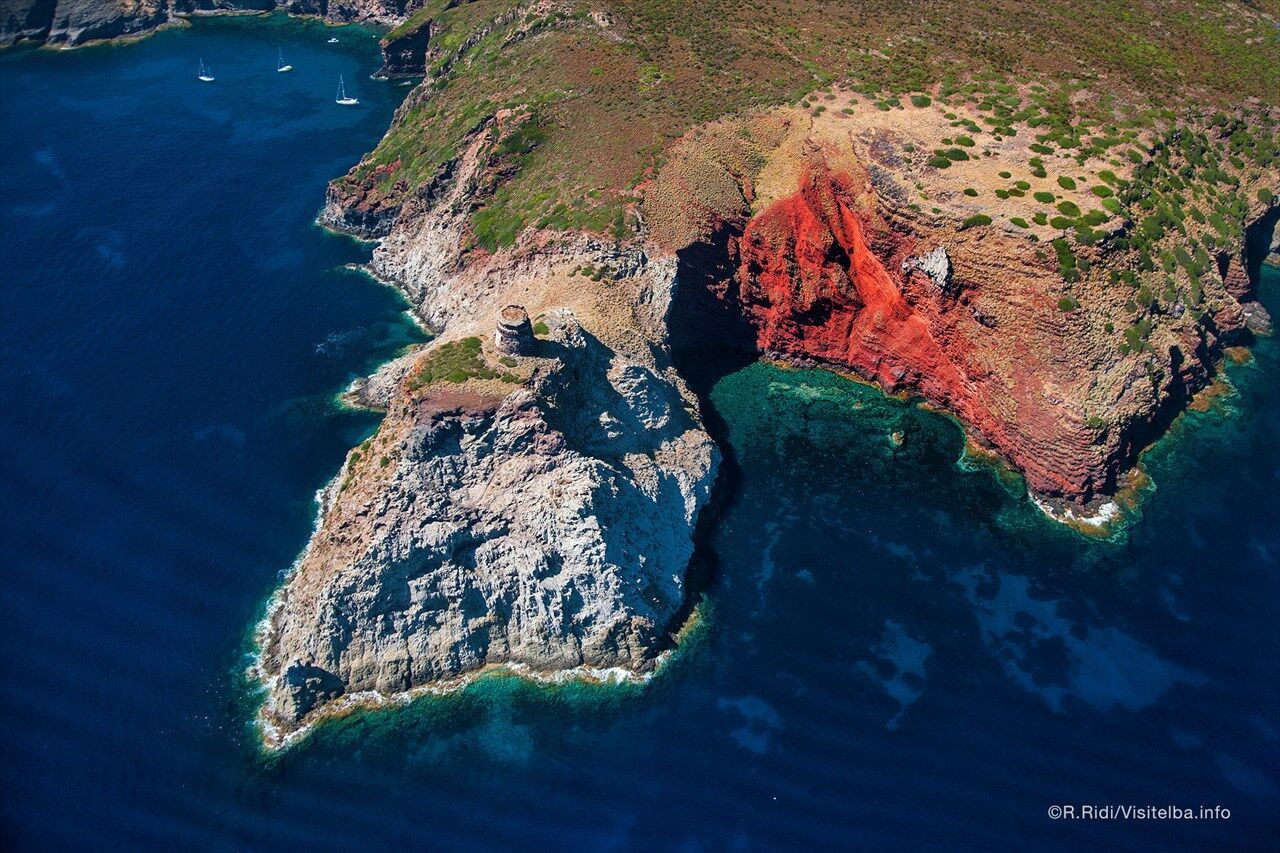
Capraia Island
Capraia is the third largest island in the Tuscan Archipelago. It is the only island formed by a volcanic eruption that occurred 9 million years ago which produced the imposing red island rock most visible in Cala Rossa. Capraia was inhabited by Phoenicians, Greeks, Etruscans and Romans. One of the most popular walks on the island is the one to the penal colony which passes through the ruined buildings and agricultural compounds that were part of the prison. Other interesting excursions include a visit to the ancient ruined church of Santo Stefano. Capraia is a paradise for botanists and bird lovers; It features numerous endemic species and a vast range of plants and shrubs typical of the Mediterranean scrub. Early and late summer are the best times to visit wildlife: flowers, berries, birds and butterflies such as the huge dark butterfly known as the two-tailed Pasha, which lives on the strawberry tree, the mouflon (wild sheep with horns), the seagulls and crows that live on the island and the migratory birds that pass through it. Dolphins and whales are also occasional visitors to the island's waters. On a promontory below the town there is a watchtower and a picturesque abandoned monastery.
Giglio Island
Giglio is 11 miles from the Argentario promontory, on the Tuscan coast, enjoys a mild climate, a beautiful sea which is a paradise for divers and snorkeling.
Most of the island is wild, covered with intensely scented Mediterranean vegetation, with a great variety of animals and rare plant species. With its fantastic sunsets, the small villages to visit and its wonderful bays and beaches it makes your holiday unforgettable.
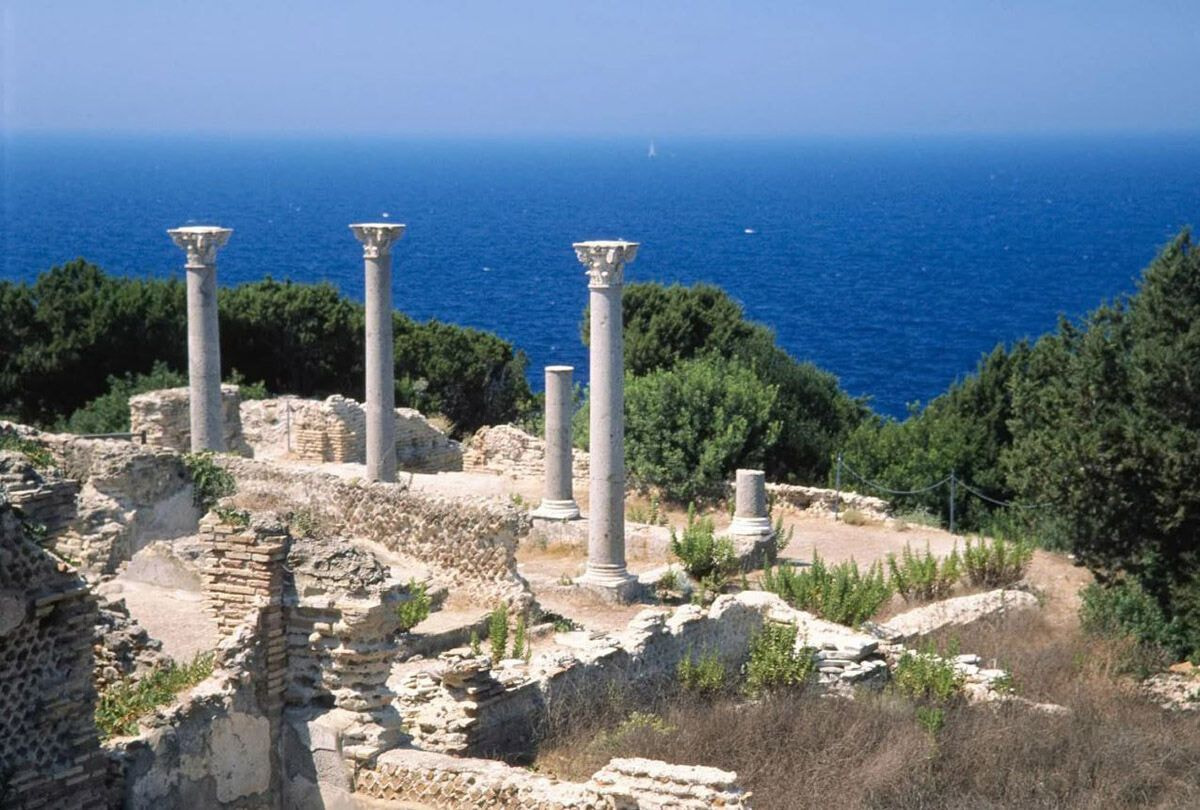
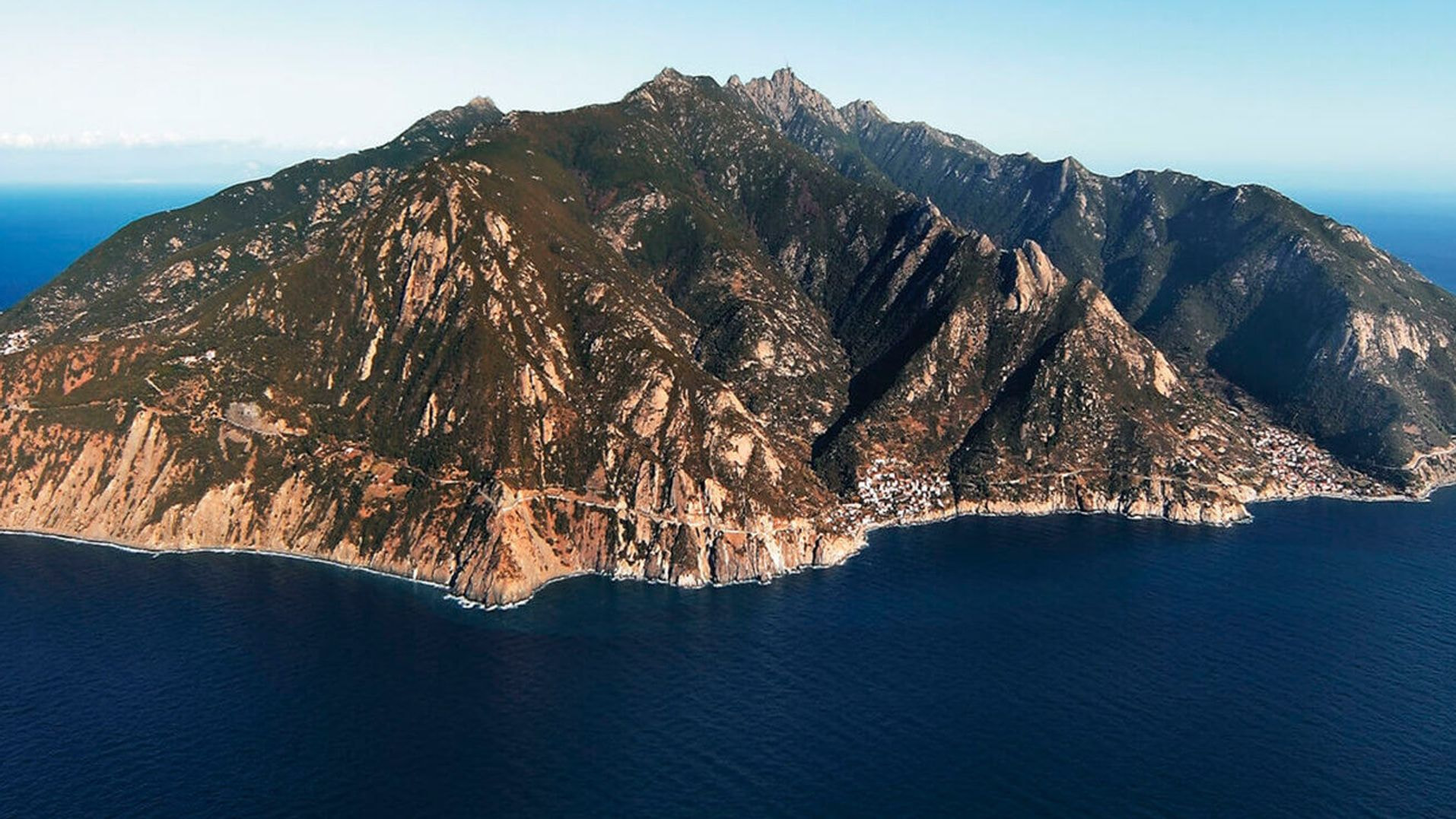
Montecristo Island
The island of Montecristo became a nature reserve in 1971. In fact, fishing is prohibited and there are no hotels. Only visitors who require authorization from the State Forestry Corps can access it. Possibility the Royal Villa, the botanical garden and the museum. Montecristo is a very small island and is inhabited only by the island's guardian and his family. Towards the mid-1500s the Monastery was attacked by the Saracens which led to its decline. After various attempts to colonize Montecristo in 1878, after the unification of Italy, a penal prison was established there. In 1899 the island became the exclusive hunting residence of Vittorio Emanuele III, a role it maintained until 1971 when it was declared a Natural Reserve. The island was the setting for some key scenes of the famous novel "The Count of Monte Cristo" by the French author Alexandre Dumas. The story's protagonist finds a legendary treasure which he uses to plot his formidable revenge.
Giannutri Island
The island of Giannutri is the southernmost of the islands of the Tuscan Archipelago. Its shape is half-moon, characterized by a jagged and rocky coast with beautiful beaches such as Cala Maestra and Cala Spalmatoio. Giannutri is a small paradise without cars or hotels. The island is largely privately owned, and although here and there you can glimpse a few villas, the panorama is wild and dominated by the low Mediterranean scrub with its unique colors and scents. The island of Giannutri and its sea is part of the Tuscan Archipelago National Park and Marine Sanctuary.
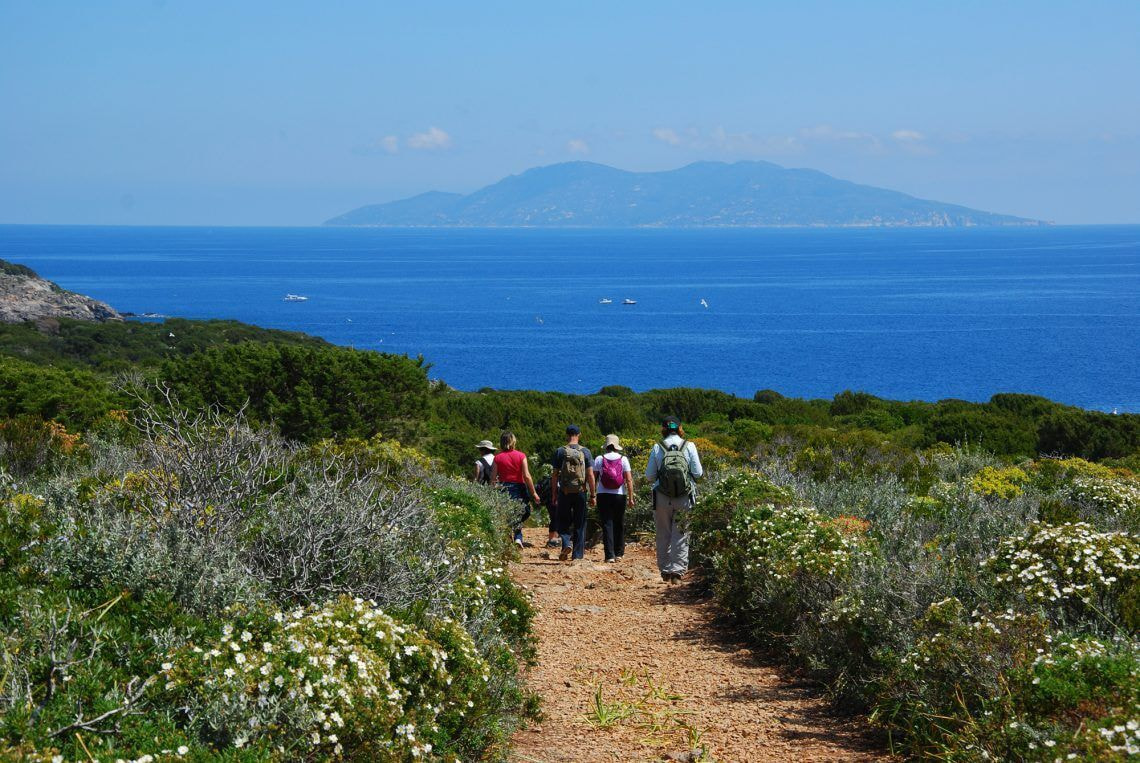
.png)
